People may wonder why trees are harvested on state forest lands, and the reasons are many:
- Promotes balanced age class of forested areas, which protects forest health and diversity
- Provides critical habitat for wildlife (like the ruffed grouse, our state bird) that depend on young forest
- Provides a model of best practices for other timber harvesters to follow
- Provides a sustainable flow of raw materials for the wood products economy
Timber Harvesting on State Forest Lands
During the four-year period from 2017 through 2020, DCNR’s Bureau of Forestry harvested timber on an average of over 12,600 acres per year.
While that may seem like a big number, it represents only about half of one percent of total state forest land.
How Stands are Selected for Harvest
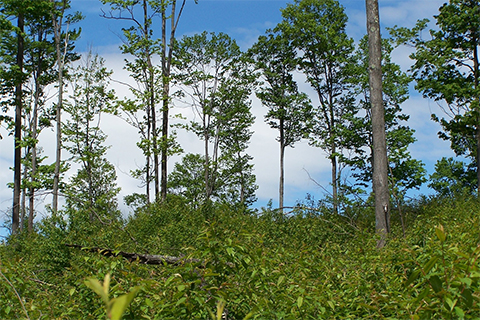
State forest timber is selected for harvest in accordance with the State Forest Resource Management Plan, and when it meets the criteria set forth in the bureau’s Harvest Allocation Model.
This model considers an array of factors, like:
- Age class
- Composition of forest community
- Harvest method
- Accessibility and other site characteristics
Some timber harvests are done in response to factors independent of the model criteria. An example is the salvage harvest, which is implemented after an insect outbreak kills trees, or a storm blows down a forest stand.
Salvaging timber lost to insects or storms utilizes timber resources that would otherwise be left to decay.
Dual Certified Forest Management
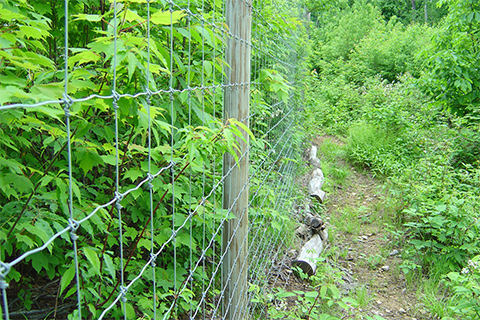
The management of state forests (including timber harvests) meets the criteria for third-party certification by both the Forest Stewardship Council (FSC) and the Sustainable Forestry Initiative (SFI).
Meeting the rigorous standards set forth by the FSC and SFI ensures that timber harvests on state forest lands are sustainable and environmentally appropriate.
Ecological Benefits of Timber Harvesting
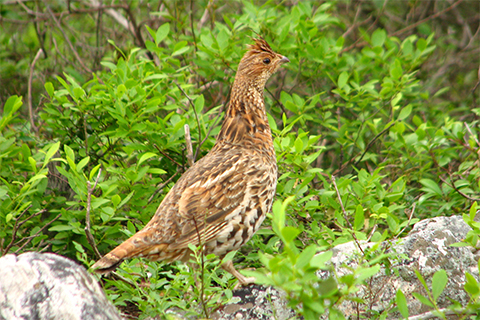
After timber is harvested, the forest floor receives newly abundant sunshine. Energy from the sun stimulates the germination of seed and fuels the growth of shade-intolerant plants, many of which are favored by wildlife that are dependent on early successional forests.
The flush of growth on the forest floor is a boon to many game species like rabbits, deer, turkeys, and ruffed grouse. Non-game species -- like certain songbirds and predators -- also benefit from periodical timber harvests.
Ensuring a New Generation of Trees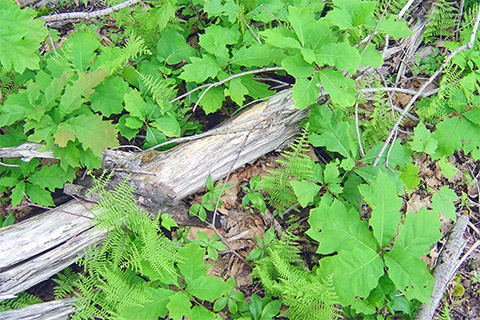
DCNR’s Bureau of Forestry typically utilizes a silvicultural approach called shelterwood. The shelterwood harvest method leaves a sufficient number of mature, healthy trees to serve as seed sources and protection for a new generation of trees.
Also, if the situation dictates, foresters may prescribe deer fencing as well as the removal of competing or undesirable species to encourage optimal forest regeneration. Even in salvage situations, DCNR takes measures to be sure a healthy forest will grow once again.
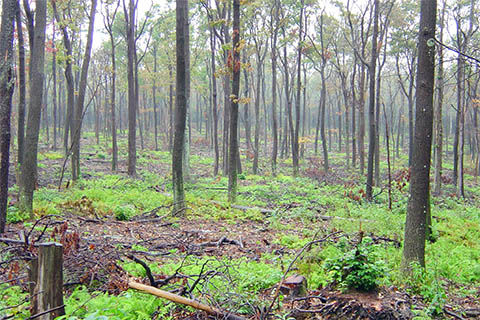
Harvesting trees on state forest lands provides many benefits to the forest ecosystem and people.
Forests are a renewable resource, and young forests are valuable for a variety of reasons.
The sustainable harvest methods DCNR uses ensures the future of the natural resources while providing maximum benefit.